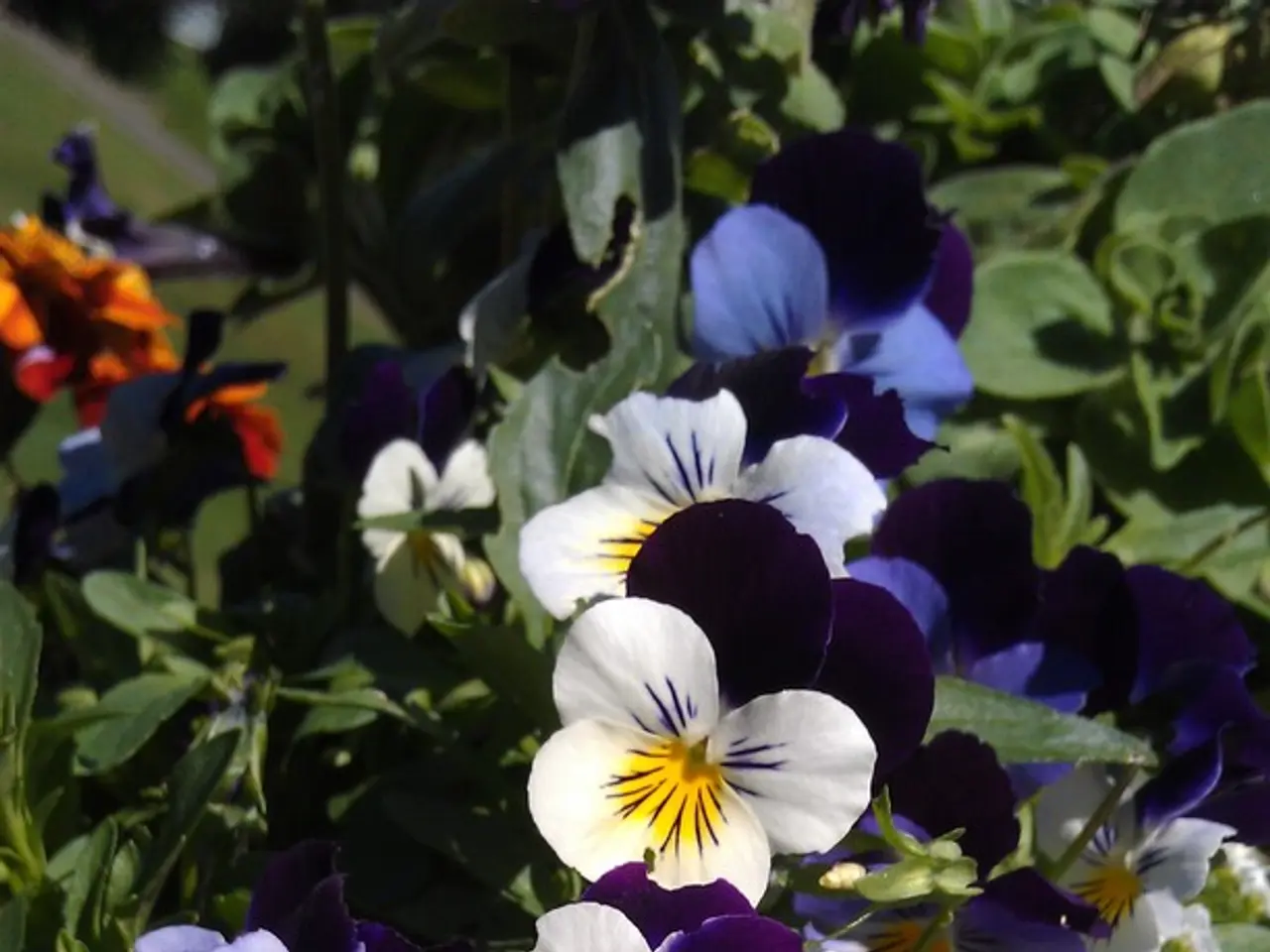A Comprehensive Guide on Cultivating Ranunculus Bulbs
In the world of gardening, Ranunculus bulbs are a beloved choice for their stunning, vibrant flowers that brighten up any space. Whether you're a seasoned gardener or a novice just starting out, growing Ranunculus can be a rewarding and beautiful addition to your garden or home. Here's a step-by-step guide to help you grow and care for Ranunculus bulbs for optimal blooming and extended vase life.
1. **Choosing and Preparing Corms (Bulbs):** Select healthy Ranunculus corms, which resemble small dried claws. Before planting, soak them in room-temperature water for 2 to 12 hours (commonly about 2-3 hours is recommended) to rehydrate and encourage sprouting[1][2][5].
2. **Planting Time:** - In mild climates, plant corms in the fall for early spring blooms. - In colder regions, plant in early spring after the last frost to protect them from freezing[1].
3. **Planting Conditions:** - Choose a sunny location with well-draining soil to prevent rot, as Ranunculus don't tolerate soggy ground[1]. - Plant bulbs about 3-5 cm deep, spaced 5-10 cm apart, with the claws facing downward[2].
4. **Watering and Feeding:** - Water regularly but avoid overwatering to keep soil moist but not soggy[1][4]. - Once growth begins, feed with a balanced fertilizer to support blooming[1]. - Consistent watering promotes good stem length and flower production[4].
5. **Care During Growth:** - Deadhead spent flowers to encourage more blooms[1]. - Monitor for pests such as aphids and fungal diseases like powdery mildew; healthy plants are less prone to problems[1]. - In cases of tall or floppy stems, use wrapping or support to keep stems upright[4].
6. **Harvesting Flowers for Vase Life:** - Cut Ranunculus stems when blooms show color but are not fully open for maximum freshness[1]. - Place cut stems in clean water, trim the ends before arranging. - Change vase water every couple of days to prolong vase life, which can last 10-14 days[1][4].
In summary, optimal Ranunculus blooming and vase life result from planting healthy soaked corms in sunny, well-draining soil at the right time, providing balanced regular watering and feeding, removing spent blooms, and maintaining pest-free conditions. For vase use, proper harvesting and water maintenance will sustain their long-lasting, vibrant flowers[1][2][4].
[1] The Spruce, Ranunculus: Growing, Care, and Propagation Tips, https://www.thespruce.com/ranunculus-growing-care-and-propagation-tips-1402453 [2] Gardener's Path, How to Grow Ranunculus, https://www.gardenerspath.com/plants/bulbs/how-to-grow-ranunculus/ [3] The Old Farmer's Almanac, Ranunculus, https://www.almanac.com/plant/ranunculus [4] HGTV, How to Grow Ranunculus, https://www.hgtv.com/design/outdoors/gardens/how-to-grow-ranunculus [5] Fine Gardening, How to Grow Ranunculus, https://www.finegardening.com/how-to/grow-ranunculus.aspx
- In the process of caring for Ranunculus bulbs, it's essential to select healthy corms, resembling small dried claws, and soak them before planting to promote sprouting.
- For optimal blooming, choose a sunny location with well-draining soil for your Ranunculus garden, as these plants don't tolerate soggy ground.
- To grow Ranunculus indoors, select container decor that allows for proper drainage and follows the same planting conditions as outdoor gardens.
- Embrace an organic lifestyle by using a balanced fertilizer for your Ranunculus plants, supporting blooming and extending the vase life of your flowers.
- In the world of home-and-garden or indoor gardening, Ranunculus can be a beautiful addition to your lifestyle, promising stunning, vibrant flowers when cared for properly.




